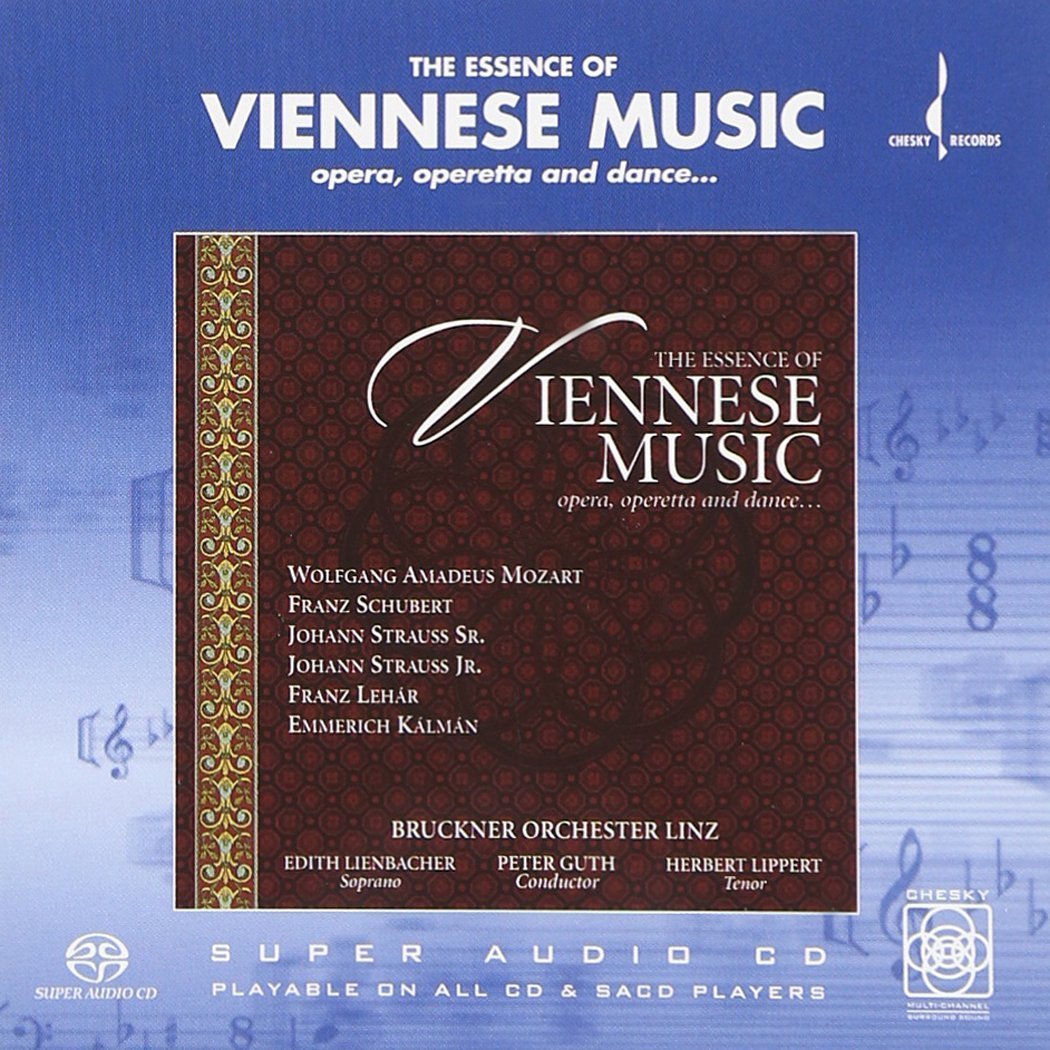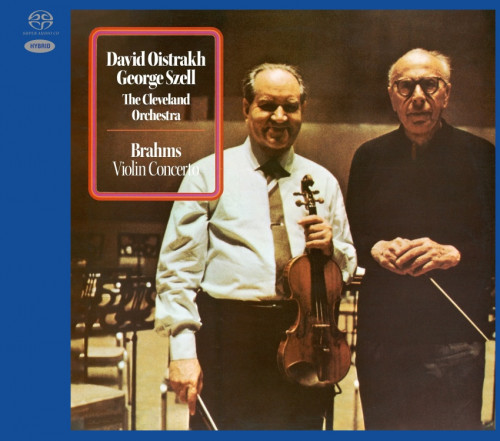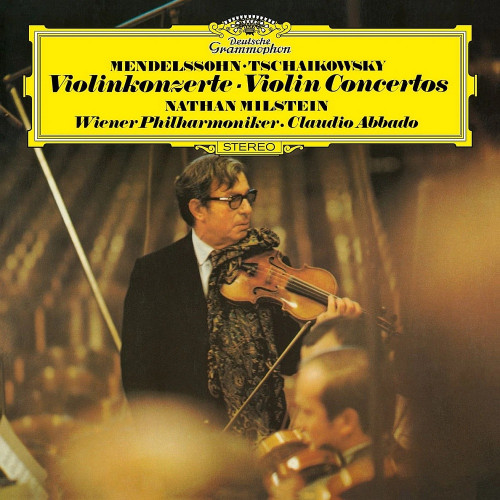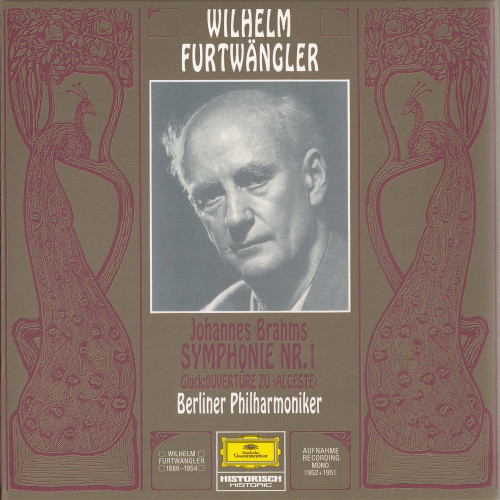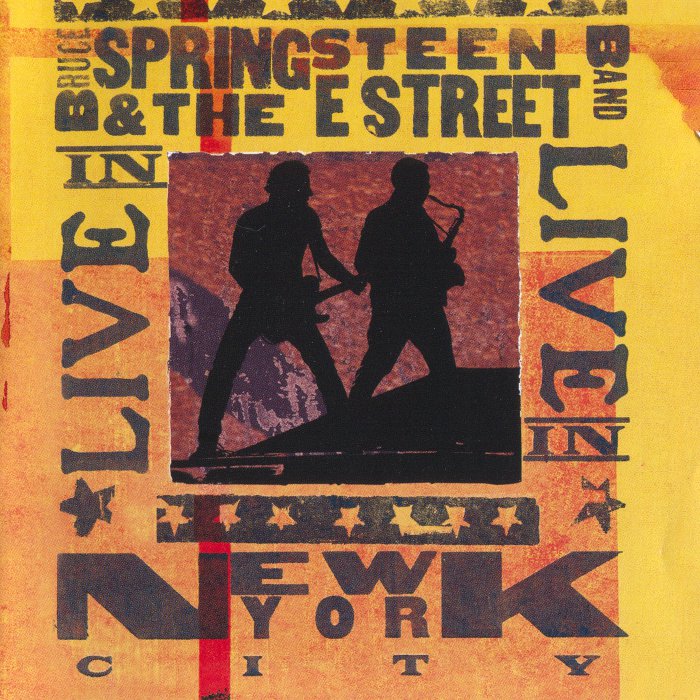Tokyo Symphony Orchestra, Jonathan Nott – Bruckner: Symphony No. 8 (2016) [SACD / Exton – OVCL-608]
Title: Tokyo Symphony Orchestra, Jonathan Nott – Bruckner: Symphony No. 8 (2016)
Genre: Classical
Format: SACD ISO
Jonathan Nott, who has served as music director of the Tokyo Symphony Orchestra since 2014, has released his first CD. Two years after taking up his post, this duo has enjoyed a honeymoon period of frequent collaborations. Now, they have finally released their first live recording. The beautiful sound of the strings leads the listener to heavenly heights. The woodwinds play with elegance. The brass section produces a powerful yet rich sound. Jonathan Nott’s meticulously crafted interpretation of Bruckner combines heavenly sounds with sensual and intense tones. While the Tokyo Symphony Orchestra has previously delivered remarkable Bruckner performances under the guidance of conductors like Hubert Soudant, this recording builds on that legacy with an even more intense and thrilling sound.
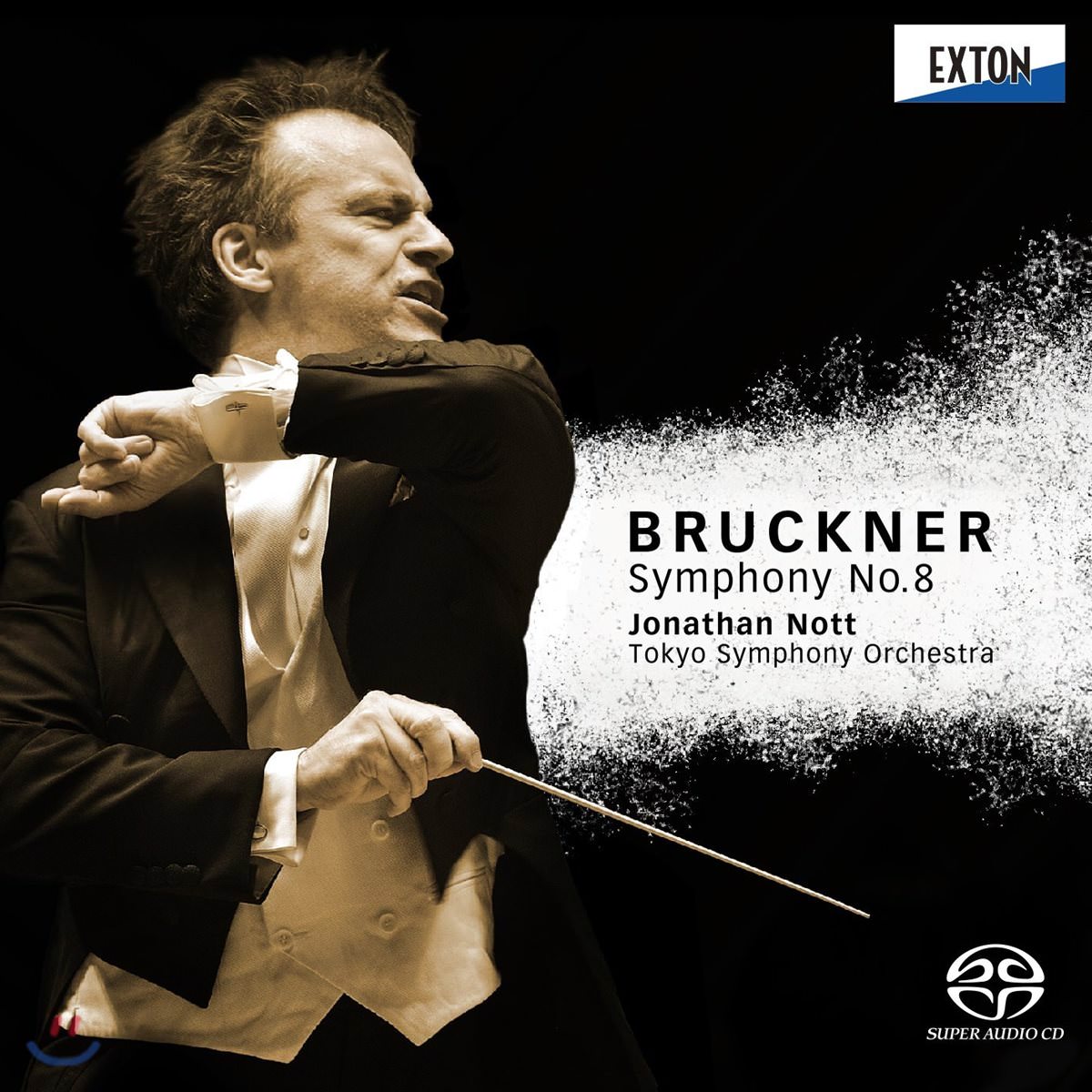
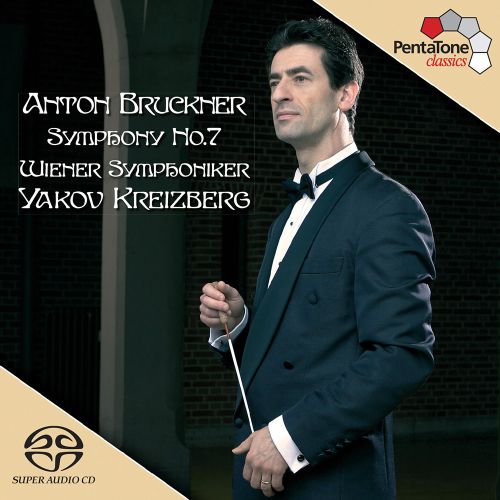
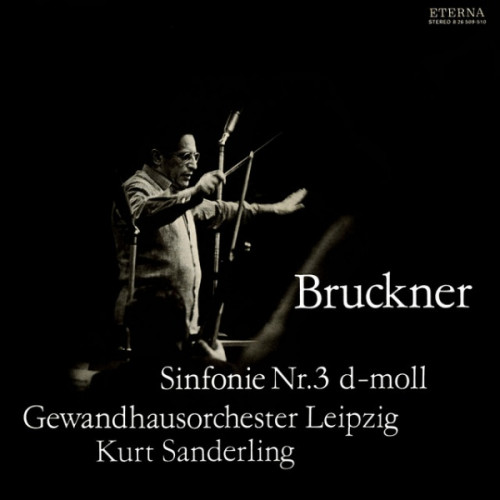
![Wiener Philharmoniker, Karl Böhm - Bruckner: Symphonies Nos. 3 & 4 [2 SACDs] (1970-1973/2021) Wiener Philharmoniker, Karl Böhm - Bruckner: Symphonies Nos. 3 & 4 [2 SACDs] (1970-1973/2021)](https://imghd.xyz/images/2024/05/30/5d0b936282f1d17c2666a751cc53a496.jpg)

